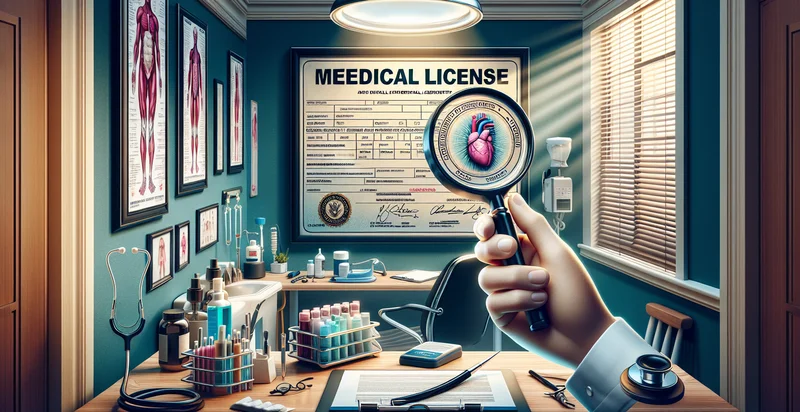Identify contractor license clarity
using AI
Below is a free classifier to identify contractor license clarity. Just upload your image, and our AI will predict the type of contractor license required for various projects - in just seconds.

Contact us for API access
Or, use Nyckel to build highly-accurate custom classifiers in just minutes. No PhD required.
Get started
import nyckel
credentials = nyckel.Credentials("YOUR_CLIENT_ID", "YOUR_CLIENT_SECRET")
nyckel.invoke("contractor-license-clarity", "your_image_url", credentials)
fetch('https://www.nyckel.com/v1/functions/contractor-license-clarity/invoke', {
method: 'POST',
headers: {
'Authorization': 'Bearer ' + 'YOUR_BEARER_TOKEN',
'Content-Type': 'application/json',
},
body: JSON.stringify(
{"data": "your_image_url"}
)
})
.then(response => response.json())
.then(data => console.log(data));
curl -X POST \
-H "Content-Type: application/json" \
-H "Authorization: Bearer YOUR_BEARER_TOKEN" \
-d '{"data": "your_image_url"}' \
https://www.nyckel.com/v1/functions/contractor-license-clarity/invoke
How this classifier works
To start, upload your image. Our AI tool will then predict the type of contractor license required for various projects.
This pretrained image model uses a Nyckel-created dataset and has 15 labels, including Blurred, Clear, Consistent, Correctly Displayed, Cropped, Difficult To Read, Faded, Illegible, Inconsistent and Incorrectly Displayed.
We'll also show a confidence score (the higher the number, the more confident the AI model is around the type of contractor license required for various projects).
Whether you're just curious or building contractor license clarity detection into your application, we hope our classifier proves helpful.
Related Classifiers
Need to identify contractor license clarity at scale?
Get API or Zapier access to this classifier for free. It's perfect for:
- License Verification for Employment: Employers in the construction industry can utilize the contractor license clarity identifier to automatically verify the licensing status of prospective employees. This ensures that all workers hired are properly licensed, reducing the risk of legal complications and enhancing workplace safety.
- Fraud Detection in Bids: Construction firms can deploy this function to analyze bids submitted for projects, identifying any false claims about contractor licenses. By strengthening the bidding process with accurate license verification, firms can avoid engaging unlicensed contractors and mitigate financial risks.
- Regulatory Compliance Auditing: Regulatory agencies can utilize the false image classification function to audit construction projects for compliance with licensing laws. This automated verification process can streamline investigations and enhance the agency's ability to enforce regulations effectively.
- Insurance Underwriting Validation: Insurance companies can integrate this identifier into their underwriting processes to ensure that contractors applying for coverage possess valid licenses. This validation helps minimize the insurer's risk by ensuring that only qualified contractors are insured.
- Client Trust and Transparency: Construction firms can use the contractor license clarity identifier to reassure clients about the legitimacy of their subcontractors and service providers. By providing clients with verifiable license information, firms can foster trust and transparency in their business dealings.
- Contractor Training and Development: Professional organizations can leverage the function to identify unlicensed contractors who may benefit from training programs. By targeting license-less contractors for education and certification opportunities, the industry can raise standards and promote better practices.
- Data Analytics for Market Trends: Analytics firms can use the contractor license clarity identifier to gather data on the licensing status of contractors across various regions and sectors. This data can inform business strategies and projections, allowing companies to identify trends and assess market opportunities related to licensed contractors.


